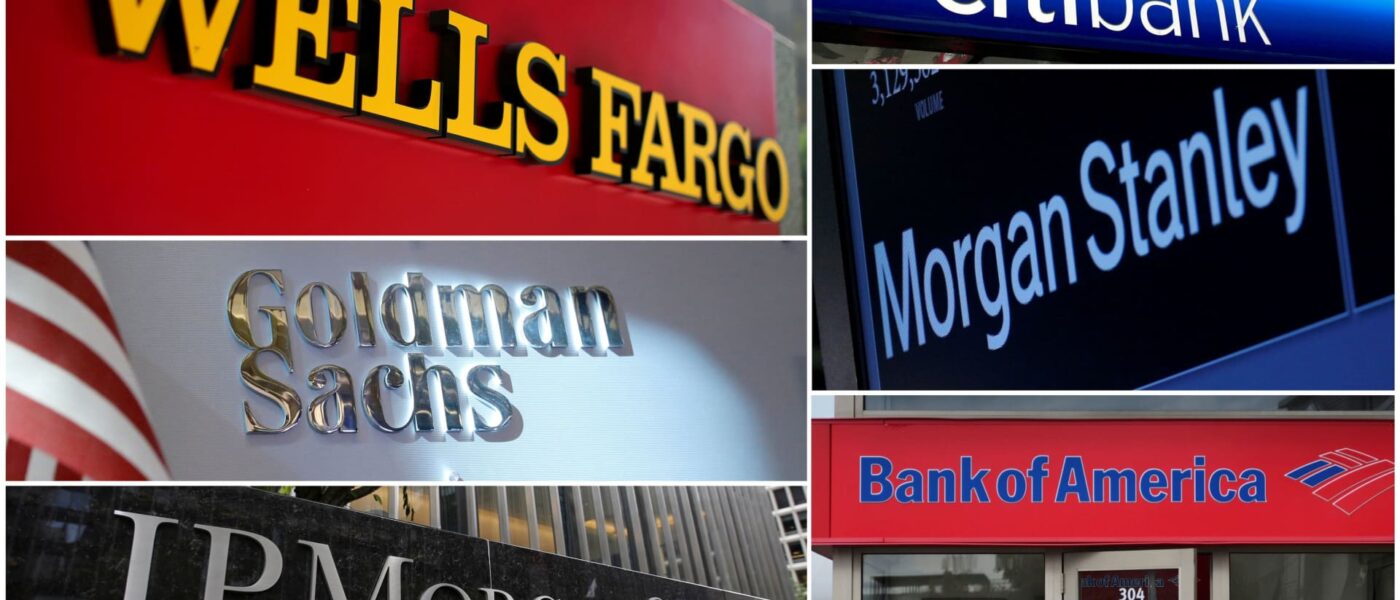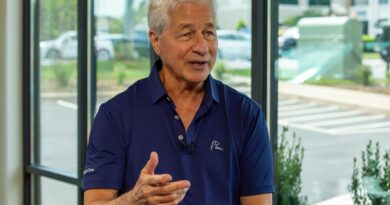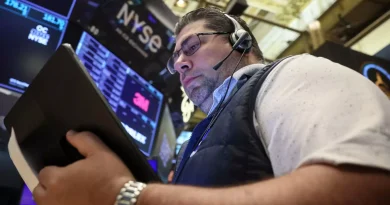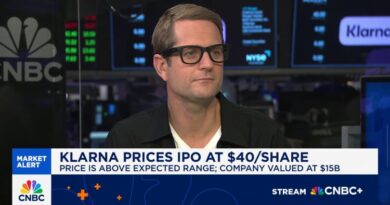Bank investors bet on looser regulation under Trump. They are starting to
The first domino has fallen in the Trump administration’s bid to loosen regulations on Wall Street’s biggest banks. The Federal Reserve proposed changes Wednesday that would lower capital requirements for large U.S banks that were implemented in the years following the 2008 financial crisis. Tweaks to these rules, known as the enhanced supplementary leverage ratio, would allow the nation’s most important banks — including Club names Goldman Sachs and Wells Fargo — to lend more freely and maker it easier for them to buy more U.S. government bonds. The Fed now wants the enhanced supplementary leverage ratio to be applied on a bank-by-bank basis, depending on each firm’s mix of assets. It is currently set at a blanket level across the cohort of firms called global systemically important banks. Before it goes into effect, the central bank made the proposal open for a 60-day public comment window. “The proposal will help to build resilience in U.S. Treasury markets, reducing the likelihood of market dysfunction and the need for the Federal Reserve to intervene in a future stress event,” Michelle Bowman, the Fed’s new vice chair for supervision, said in a statement Wednesday afternoon . “We should be proactive in addressing the unintended consequences of bank regulation.” While not a needle-mover for our three financial names yet, the Fed’s proposal signals a bigger shift of easing banking sector regulation under President Donald Trump — just as investors expected to see as they bid up bank stocks in the wake of the November election. The Invesco KBW Bank ETF rose more than 1.5% Thursday, building on a 0.8% advance Wednesday. The ETF is riding a six-day win streak, and so are Wells Fargo and Goldman Sachs. Bowman, appointed by Trump to serve as the Fed’s top banking regulator, made it clear that Wednesday’s proposal is just the start of broader rollbacks on capital rules. “This proposal takes a first step toward what I view as [a] long overdue follow-up to review and reform what have become distorted capital requirements,” Bowman said in a speech Monday . Other regulatory requirements under consideration is the surcharge imposed on global systemically important banks. The Fed subjects those banks to more stringent capital requirements in case of another financial crisis — somewhere between 1% to 4.5% on top of emergency fund requirements that all large banks must adhere to. The exact amount can change from year to year. Investors will get the latest look at how big it needs to be Friday evening, when the Fed releases the results of its annual stress tests . Bowman can also play a key role in the Fed’s re-proposal of the Basel III Endgame, a set of global bank capital requirements. The U.S. central bank put forth an initial proposal in 2023 before Trump’s second term in office. If banks like Wells Fargo and Goldman Sachs are allowed to operate with smaller capital cushions, they can free up resources for other uses such as boosting…
Read More: Bank investors bet on looser regulation under Trump. They are starting to
A market is one of the many varieties of systems, institutions, procedures, social relations and infrastructures whereby parties engage in exchange. While parties may exchange goods and services by barter, most markets rely on sellers offering their goods or services (including labor power) in exchange for money from buyers.






